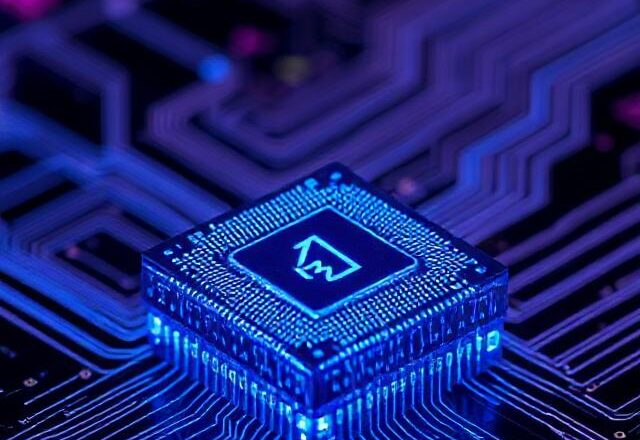-
Cost Efficiency: Better margins over time as reliance on expensive third-party chips decreases.
-
Competitive Edge: Ultra-optimized silicon tailored precisely for large language models (LLMs).
-
Innovation Control: Full control over scaling down, power efficiency, and form factor.
Risks:
-
Development Costs: Semiconductor design and manufacturing are capital-intensive and time-consuming.
-
Timing Risk: The chip market is fast-moving. Mistimed releases could lag competitors.
-
Resource Diversion: Investing in silicon R&D could delay AI model development or venture efforts.
Still, companies like Google have demonstrated that owning both models and hardware can yield monumental returns.
3. This Move in the Broader Context
-
Nestled amid a rise in AI infrastructure demand, OpenAI mirrors trends seen in mega deals—such as Microsoft securing a $17.4 billion GPU infrastructure deal with Nebius Reuters.
-
It comes at a time when power-efficient models are prized—for instance, the UAE’s new 32-billion parameter K2 Think model, built for AI reasoning at lower scale, highlights demand for custom efficiency-driven hardware WIRED.
-
Meanwhile, concerns about AI’s massive energy consumption and environmental impacts make optimized silicon more than just cost-saving—it’s vital for sustainability.
4. What’s Next?
For OpenAI
-
Announcements or leaks from insiders or partners about chip specs, partners, or pilot runs.
-
Benchmark comparisons showing differences in throughput between OpenAI chips vs. NVIDIA GPUs.
-
Roll-out strategies for integrating them across products like ChatGPT, API, and Enterprise plans.
For the Industry
-
Moves from other AI leaders (Anthropic, Google) into custom hardware development.
-
Policy implications: governments may favor vertically integrated AI players when shaping regulations or contracts.
Conclusion
OpenAI’s 2025 pivot into building its AI chips is one of the most consequential developments in recent AI history. It’s not just a bet on hardware—it signals a move toward full vertical integration in AI, which could redefine competitive dynamics, operational efficiency, and innovation speed.
If OpenAI succeeds, the future of AI might be built on chips crafted by the same minds designing the models themselves. And that innovation could change everything.
